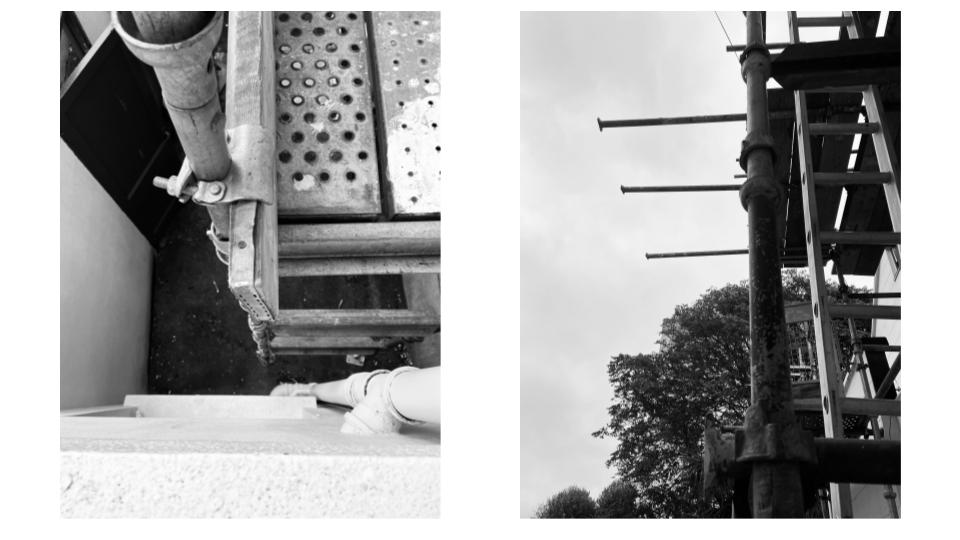Albert Renger-Patzsch (June 22, 1897 – September 27, 1966) was a German photographer associated with the New Objectivity. He was born in Würzburg and began making photographs by age twelve. In the early 1920s, he worked as a press photographer for the Chicago Tribune before becoming a freelancer and published a book in 1925, The choir stalls of Cappenberg. He had his first museum exhibition in 1927. A second book followed in 1928, Die Welt ist schön (The World is Beautiful). His best-known book is a collection of one hundred of his photographs in which natural forms, industrial subjects and mass-produced objects are presented.
The New Objectivity (Neue Sachlichkeit) was an art movement of the 1920s and early 1930s. It was in part a response to WW1, which had left many people feeling devastated by the worldwide poverty and destruction left in the wake of the war. The movement began in Germany, with George Grosz, Otto Dix and Kathe Kollwitz being some of the most notable participants. Documentary photography became increasing popular, as artists found it to be the ideal way to capture an ‘objective reality’. They used the art form to show off gritty subjects from real life, and to express the truth of their surroundings in a post – war world.

IMAGE ANALYSIS
The bridges between the buildings in this photograph create geometric triangle shapes which draws the viewer’s eye to all the blank negative space in between them. The lines created by the buildings are very clear and sharp, which contrasts with the background of the photograph, which is blurry and organic in its shape. The tone of this image is fairly bright, with the white sky being plain and without any shadows. Additionally, the colour of the sky contrasts to the dark and harsh lines of the building. Patzsch has used natural lighting in this photograph, as you can see the natural shadows cast on the side of the building. Repetition is clearly shown in this photograph, as the panes of glass in the many windows create a repetitive pattern across the entire image. Also, the bricks in the side of the building closest to the camera are clearly visible, making another repeating pattern. The black and white colours are both evenly shown, with one not overpowering the other. This creates a more balanced photograph and makes it more appealing to the viewer’s eye, as they are able to focus on one colour without being overwhelmed by the other.
MY RESPONSE – CONTACT SHEETS


My thought process for this photoshoot was to take inspiration from Patzsch and his way of photographing things that would normally be considered boring or dull. For example, I took pictures of the corners that connect the walls in my house and the cutlery in my kitchen drawers. Although the objects in my photographs appear to be random, I thought carefully about what I was taking pictures of, and about how I could make them look more interesting by using distance, light and composition. Throughout the shoot, I experimented with different technical elements such as numerous angles and tone, and I tried not to take the same picture twice ( I wanted to keep all my photographs different from each other ). I took photographs of anything that caught my eye, and wasn’t looking to make my images ‘perfect’. I attempted to link Patzsch’s work on The New Objectivity to my own photographs by researching and reading about his intentions and his processes.
BEST IMAGES





FINAL IMAGE

I chose the photograph as my final image because I think that it reflects Patzsch’s work the most accurately. The contrast in the colour between the bright sky and the dark, harsh tones of the scaffolding imitate Patzsch’s composition in his images. The straight lines across the photograph create geometric shapes which deviate from the more natural, organic configuration of the trees in the background. Additionally, this photograph has a lot of depth to it, making it more aesthetically pleasing for the viewer to look at. I wanted to use natural lighting in order to keep the essence of The New Objectivity, as the movement is about capturing the world as you see it. I also thought carefully about the compositional features, such as the my angles and the distance of the subject from the camera. I did this so I could create and interesting photograph. In order to get the black and white effect, I used a feature on my phone which placed a filter on all of my images.
